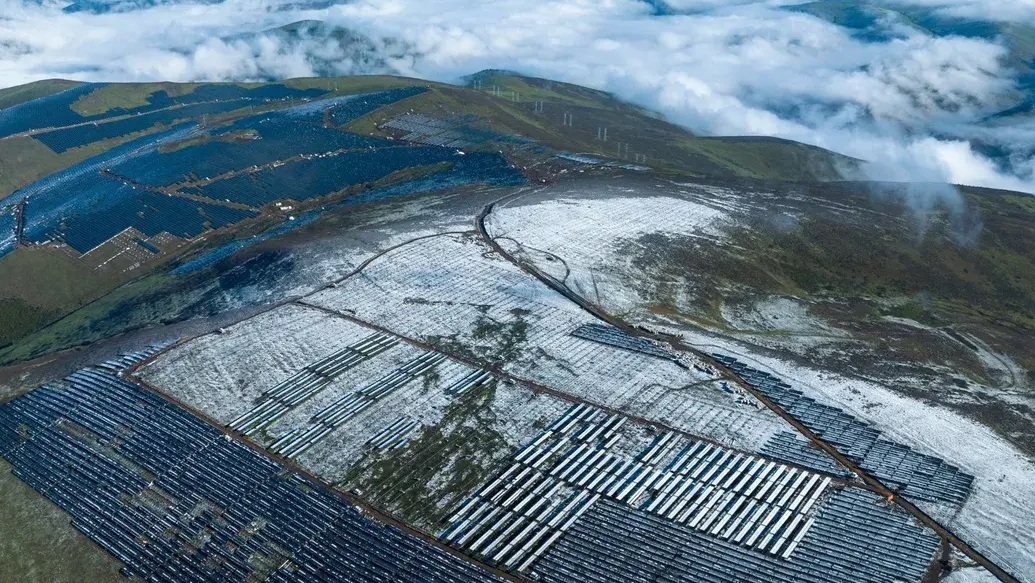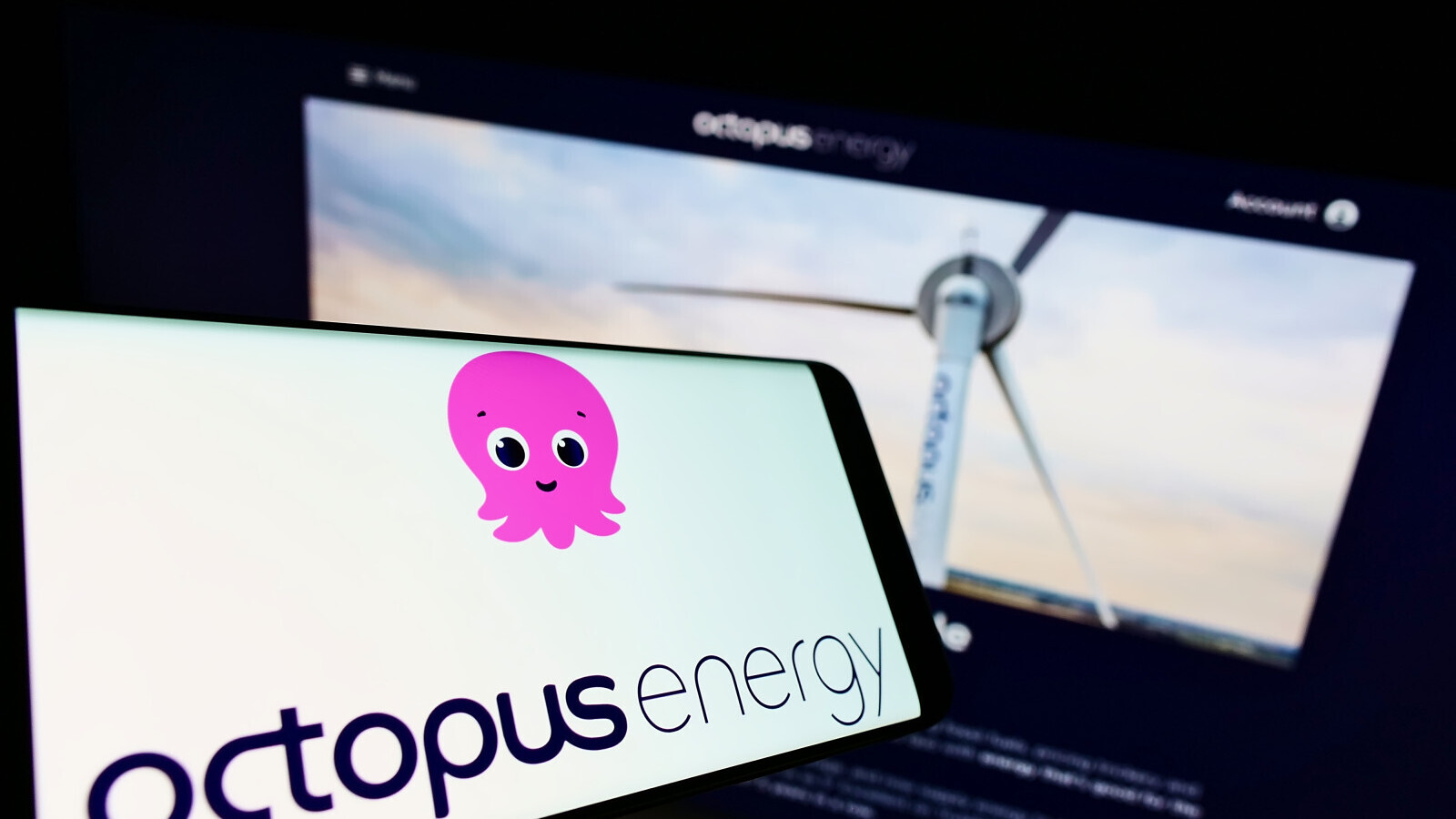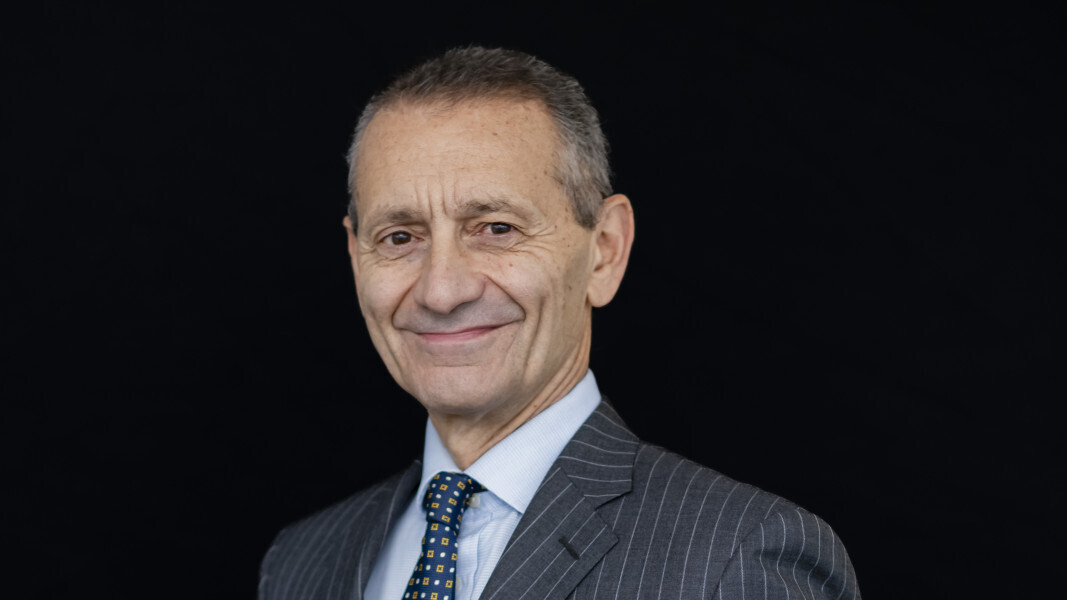
Ultimate control: the state as a powerful asset owner
In some parts of the world, predominantly Asia, the state has emerged as the most powerful asset owner. How does this shape decarbonisation efforts?
Yesterday, the world’s largest hydro-solar power plant entered full operation. The high-altitude Kela power station, located in China’s Sichuan province, has an annual capacity of around two billion kilowatt-hours.
It is expected to reduce China’s carbon emissions by more than 1.6 million tons by combining both solar and hydropower to produce electricity.
The gigantic plant is owned by the State Development and Investment Corporation, a state-owned capital investment company.
Since 2014, China has been nurturing a small set of such companies with the aim of expanding and formalising its control on strategic industries.
SDIC’s portfolio is an epitome of a key feature of Asia’s economic systems: the state as a powerful, if not the most powerful, asset owner.
However, asset ownership by the state is as complex as it is varied. Three key features of state asset ownership that influence decarbonisation can be identified.
Also read
Nest CIO Elizabeth Fernando: ‘we don’t want to concentrate our money into fewer assets’
Game Plan
Historically, the asset ownership function of the state evolved as a targeted development strategy. Political economists refer to them as 'developmental states'. Japan, South Korea, Taiwan and Singapore are prime examples.
Developmental states often owned and controlled assets in industries that were seen as strategically valuable. Electronics and automobile manufacturing in Japan, for instance. These choices carried weight. They set into motion a long-term trajectory of capital allocation by state investment companies.
Decarbonisation is in most cases a developmental goal. Capital allocation by Asia’s state investment companies reflect this.
Several state investment companies have embraced net zero targets. Temasek, Singapore’s state-owned investment company, has a net zero by 2050 target and is aiming to reduce portfolio emissions by 50% by 2030.
In addition, Temasek’s investment style is far from passive. “We engage our major portfolio companies regularly on their climate transition plans as part of our effort to achieve a decarbonised and carbon efficient portfolio," according to the company’s climate strategy.

Others have a target of creating comparative advantage in transition-related industries.
In 2022, China’s State-owned Assets Supervision and Administration Commission (SASAC) established the China Rare Earths Group, the world’s largest producer of rare earth elements, many of which are critical inputs in transition industries.
At the same time, historically entrenched fossil fuel companies are an enduring reality of state asset ownership. In China, state investment companies own controlling stakes in China National Petroleum Corporation, State Grid Corporation of China and the China National Coal Group.
Over in India, where state investment is expansive but less formalised, state owned-companies account for a bulk of national emissions. The state-owned coal mining giant Coal India, for instance, is rated by investors as one of the world’s largest emitters.
The objective behind Temasek’s establishment was to distance the Government, with its role as policymaker, from its role as shareholder
Hands on or hands off?
Another key factor is the state investment company’s relationship with the government as it establishes the incentives that shape state asset ownership.
Under the Tamasek model, asset ownership was seen as a devolution of state duty as opposed to its extension.
“The objective behind Temasek’s establishment was to distance the Government, with its role as policymaker, from its role as shareholder," said Singapore's former President S. R. Nathan at the company’s 30th anniversary dinner in 2004.
Singapore does not refer to Temasek as a 'state investment company': it defines it in purely commercial terms. Capital allocation at Temasek, including its net zero ambitions, is therefore a reflection of its investment hypothesis as opposed to any explicit political directions.
SASAC in China is at the other end of spectrum. It operates directly under the State Council and receives mandates from the Central Committee of the Chinese Communist Party. This hands-on approach of state asset ownership indicates that SASAC capital allocation is likely to blow in the direction of political winds.
In turn, Temasek and SASAC have two very distinct approaches to decarbonisation.
Room to play
Lastly, the degree of state asset ownership shapes the influence of private capital markets on domestic decarbonisation.
At times, the state’s ownership of assets can crowd out private players with a net zero agenda.
Coal India, for example, is listed on India’s stock markets. However, foreign institutional investors collectively own 7.8% of the company, domestic institutional players own 21%. Less than 40% of the company is in non-promoter hands. This significantly constrains the possibility of successful climate engagement.
Ownership patterns of state-owned emitters in China and Indonesia tell a similar tale.
On the other hand, there are also examples of partnership with private and institutional capital.
Temasek and BlackRock launched in 2021 'Decarbonization Partners', an investment fund worth around $600 million.
Current Japanese state asset ownership is more of a public-private partnership. The Japan Investment Corporation is part-owned by some of Japan’s largest private companies, such as Mitsubishi, Panasonic, Sony, Toyota and Toshiba.
The state is a powerful asset owner across Asian economies. These patterns of ownership affect Asia’s decarbonisation and more importantly make Asia’s transition distinct from Western counterparts.
Also read
Enviva’s CEO defends an industry under fire: ‘don’t confuse science with opinions’




